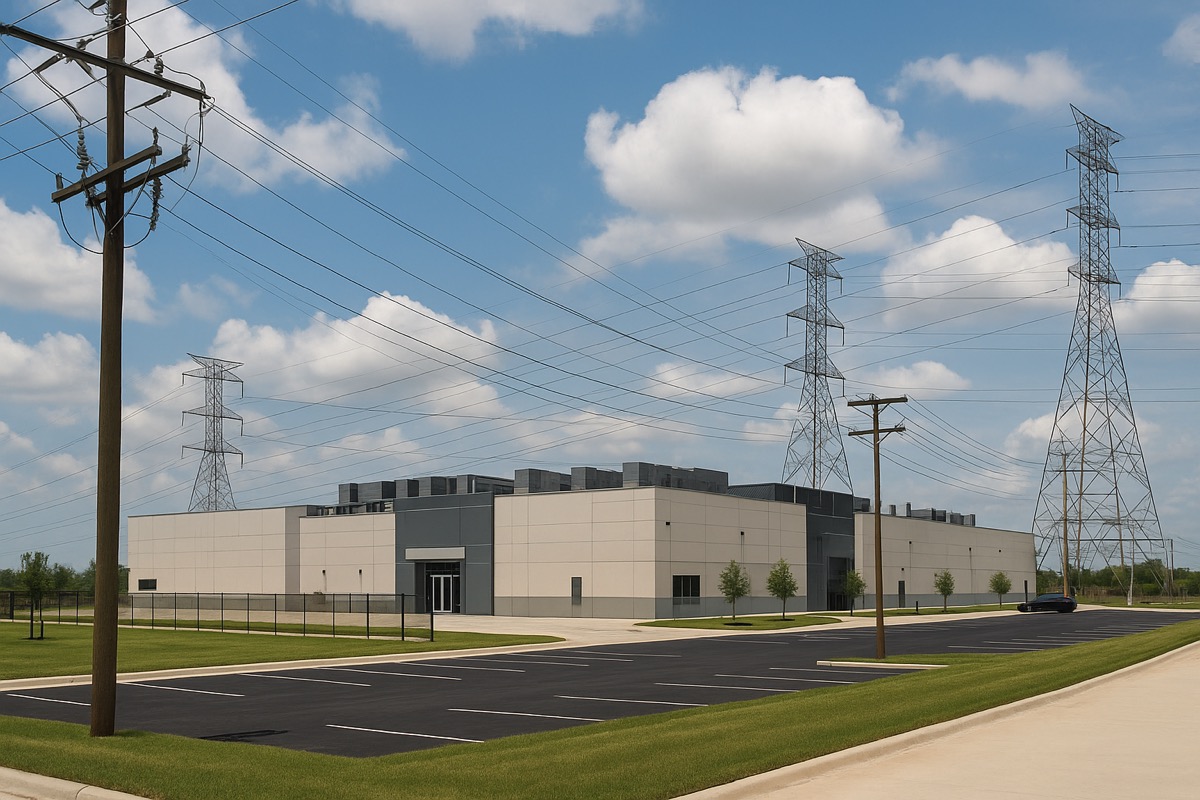Texas’s Energy Advantage: Abundance and Affordability
One of Texas’s greatest strengths lies in its deregulated and diverse energy market. Unlike many states, Texas operates its own power grid — the Electric Reliability Council of Texas (ERCOT) — allowing data centers more flexibility and access to competitive electricity pricing. The state’s combination of natural gas, wind, and solar energy sources gives operators the ability to build resilient energy strategies and reduce their carbon footprint simultaneously.
Data centers in Dallas, for instance, frequently contract directly with renewable energy providers, locking in stable prices while supporting long-term sustainability initiatives. Meanwhile, Houston’s proximity to both traditional and renewable energy infrastructure allows for agile responses to shifting energy demands, minimizing operational risk during high-load periods or extreme weather.
Cooling Innovation in the Texas Climate
Despite Texas’s hot climate, local data centers have pioneered advanced cooling technologies that significantly reduce water and power consumption. In both Houston and Dallas, operators are deploying liquid cooling, AI-driven airflow management, and heat recovery systems that not only lower energy usage but also improve overall hardware efficiency.
In Houston, some facilities leverage ground water and indirect evaporative cooling systems that thrive even during the most intense summer months. This innovation is critical, as effective cooling translates directly into lower operational costs and longer equipment lifespans — two essential factors for data centers striving to scale without compromising reliability.
Sustainability Goals Meet Operational Excellence
Sustainability is no longer optional in the data center world. Texas data centers are actively aligning with environmental goals by implementing green building certifications, carbon tracking systems, and energy-efficient designs. Many new facilities are built with LEED-certified materials and powered by renewable energy credits.
Operators in Dallas are even exploring on-site generation with solar panels and battery storage to reduce grid reliance. Meanwhile, Houston-based data centers are pushing toward full environmental transparency, publishing energy usage metrics and adopting circular economy practices to reduce e-waste.
Strategic Location and Network Connectivity
Another critical advantage for data centers in Texas — especially in Houston and Dallas — is the state’s strategic geographic position and its extensive fiber connectivity. Situated centrally in the U.S., Texas provides excellent latency performance for coast-to-coast traffic, making it ideal for companies that serve a national user base. Moreover, both cities benefit from a dense concentration of Tier 1 internet providers and major fiber routes, ensuring high-speed data transmission and reliable uptime.
Houston, as a major energy and industrial hub, is connected to key subsea cable landing points that extend its global digital reach, particularly to Latin America and Europe. Meanwhile, Dallas hosts some of the nation’s largest carrier hotels and peering points, making it a top-tier interconnection hotspot. This strong digital backbone not only reduces transmission delays but also enhances data redundancy — a key requirement for cloud services, fintech, and enterprise applications that demand high availability.
Our Take
Texas offers a powerful mix of affordability, energy diversity, and innovation that is hard to match. The combination of local energy advantages, forward-thinking infrastructure, and climate-adaptive cooling solutions makes cities like Houston and Dallas prime locations for mission-critical data operations. As demand for data storage continues to skyrocket, Texas is poised to lead the way in building a sustainable, high-performance future for global digital infrastructure.


